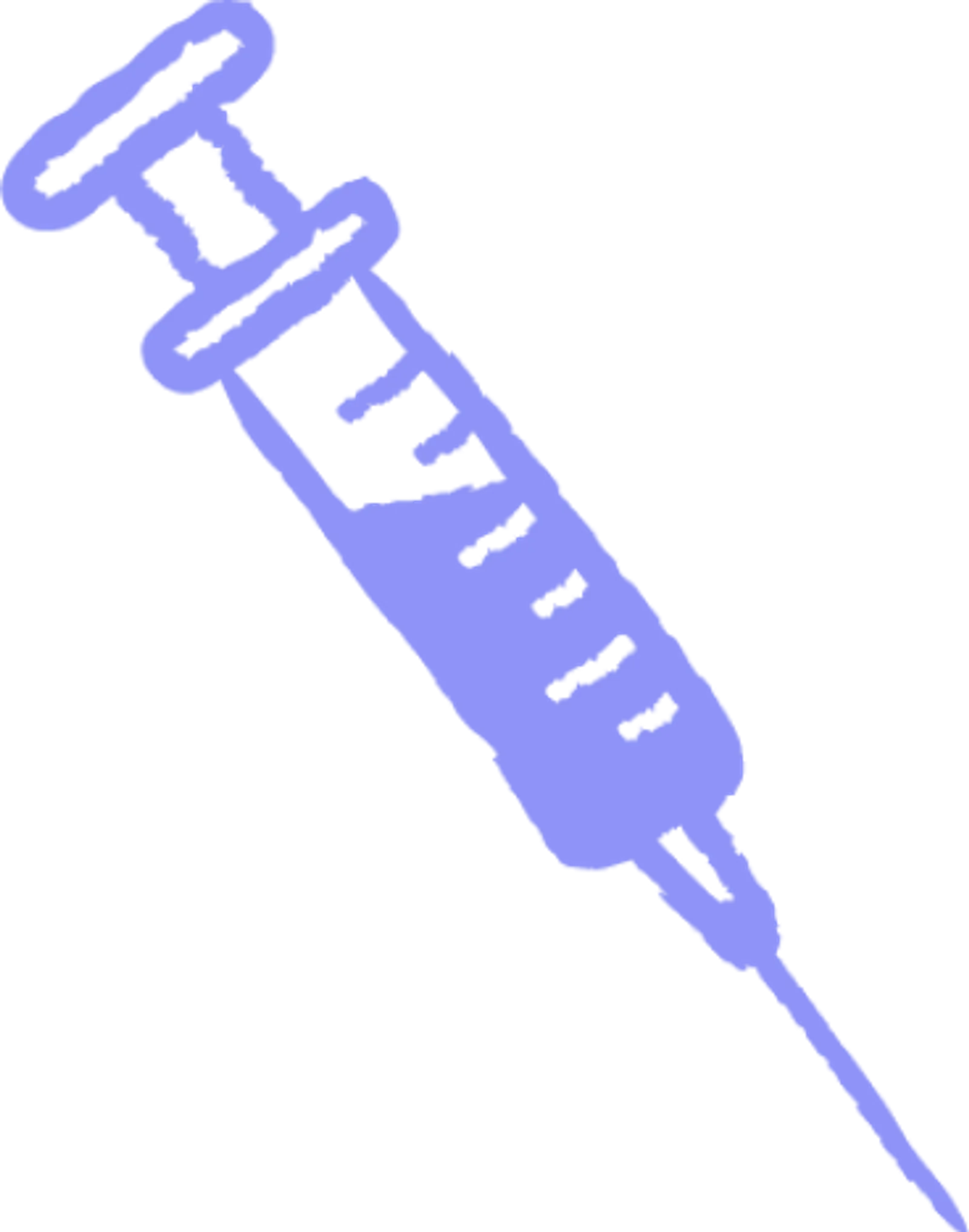Plasma 101
Who: Eligible donors between 18 and 64 can earn up to $560 a month in NY and up to $770 a month in FL.
What: Plasma is the yellow part of your blood that replenishes naturally.
Where: Queens, Brooklyn, The Bronx (NY), and Ft. Pierce (FL).
Why: Get paid to donate and help treat bleeding disorders, immune deficiencies, and more.
When: No appointment needed—walk in anytime before closing.

Is There a Downside to Donating Plasma?
Plasma donation has become increasingly relevant in 2025 because it directly helps patients who rely on plasma-based therapies. When you donate plasma, you’re helping to create life-saving medicines for people with immune disorders, bleeding conditions, and other serious illnesses.
Modern centers like Olgam Life have made the process safer, faster, and more comfortable. With the added bonus of compensation, plasma donation has become both a way to help others and a practical side income for many.
In this article, we’ll give you a straightforward look at the process, what to expect, and answer the question: Is there a downside to donating plasma?
What Happens When You Donate Plasma
The process is straightforward and handled by trained professionals who prioritize your comfort and safety at every step.
Identity Verification & Health Check
When you walk in, you'll start by showing a valid photo ID and answering a few quick health questions. You’ll also complete a short screening about your recent travel, medical history, and lifestyle.
Next comes a quick health assessment. A staff member will check your blood pressure, your pulse, and your temperature, then they’ll do a finger prick to measure protein and iron levels. They need to confirm that you’re hydrated and healthy enough to donate that day.
The Donation Itself
Once seated, a trained technician draws your blood and separates the plasma using a plasmapheresis machine. The machine then returns your red blood cells and platelets right back into your body. The process usually takes about 45 to 60 minutes, plenty of time to relax and scroll your phone.
When the donation is done, you’ll rest for a few minutes with snacks and water to help your body recover. Most donors feel fine right after and can return to their normal routine the same day.
Common Myths and Concerns About Plasma Donation
It’s normal to have questions or even a few worries before donating plasma. Let’s clear up some of the most common misconceptions.
“Donating plasma makes you weak.”
Your body replaces the plasma you donate within 24 to 48 hours. Many donors report feeling completely normal by the next day, sometimes even within a few hours.’
“You can get infected.”
Every needle, every tube, and every collection kit used in plasma donation is sterile and designed for single use only. Once the donation is complete, all equipment is safely discarded. Centers like Olgam Life follow strict FDA-enforced health and safety protocols to protect every donor.
“It’s painful.”
That's not totally true. It’s true that you might feel a quick pinch when the needle goes in. But after that, nothing. Staff are trained to make the experience as comfortable as possible and will check in throughout your donation.
“It takes forever.”
Modern technology has made plasma donation faster than ever. These new machines separate plasma efficiently. At Olgam Life, the entire visit takes about 90 minutes or less.
The Possible Downsides (and How to Avoid Them)
Like any medical process, plasma donation can come with some minor side effects. They’re usually short-lived and easy to prevent with a little preparation.
Mild fatigue or dizziness
Some donors feel tired or lightheaded afterward. Of course, this happens because your body temporarily loses a small amount of fluid. But eating well and drinking plenty of water before and after donating helps you recover fast.
Bruising or soreness
Now and then, it’s normal for donors to have some bruising or tenderness where the needle was inserted. Applying a cool compress for a few minutes after your donation can reduce swelling and speed healing.
Temporary drop in protein levels
When you donate plasma, your protein levels may dip slightly, but eating nutritious foods rich in protein, like eggs, yogurt, or beans, will help to restore that balance fast.
Tips for a Great Plasma Donation Experience
To make your plasma donation go smoothly, drink plenty of water the day before and after. Hydration helps your veins and speeds recovery. Eat a balanced meal with protein and iron to keep your energy up, and skip alcohol or caffeine since they can dehydrate you.
The best time to donate is when you’re rested and relaxed, so schedule your visit for a time that fits your routine. A little preparation makes the experience easier, faster, and more rewarding.
The Honest Truth About Plasma Donation
Plasma donation is a safe, FDA-regulated process, and many returning donors have safely done it for years. Plasma Donation is safer, faster, and more comfortable than ever, thanks to better technology, policies, and experienced medical teams.
If you are still feeling shaky about donating, the best way to decide is to learn more firsthand. Visit an Olgam Life center near you and speak with one of our trained professionals to talk through any questions or concerns.
















